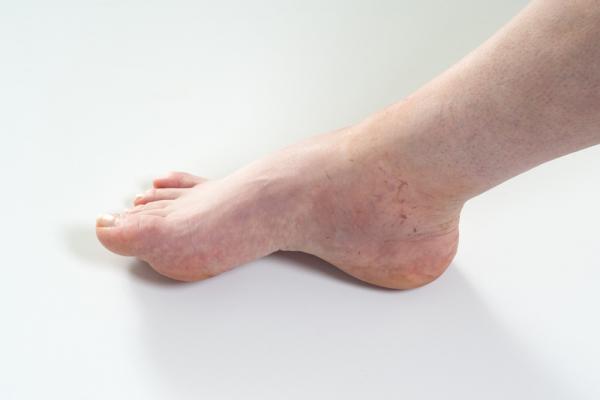People with diabetes are much more likely to have a foot or leg amputated than other people. There are 2 main reasons:
- Lots of people with diabetes have a condition called peripheral arterial disease (PAD), which reduces blood flow to the feet.
- Many diabetes patients have nerve disease, which can reduce sensation.
Together, these problems make it easy to get ulcers and infections that may lead to amputation. Also, remember that one of the biggest threats to diabetic patients’ feet is smoking. Smoking affects small blood vessels. It can cause decreased blood flow to the feet and make wounds heal slowly. A lot of people with diabetes who need amputations are smokers.
Warning Signs
Specific warning signs that someone with diabetes might be at impending risk for lower limb amputation — signs that would trigger an immediate trip to the patient’s doctor or hospital — may include:
If skin or bone is badly infected, if an open wound has not healed after 3 to 6 weeks of specialized wound care, or if circulation is extremely poor, doctors from many disciplines may need to take prompt action to prevent amputation. This calls for doctors with expertise using the most aggressive blood vessel interventions and knowledge of emerging investigational therapies.
The Limb Salvage Center at Temple has gathered top specialists from across clinical divisions to help patients with diabetes avoid amputation.
Preventing Lower Limb Amputations
At the Temple Limb Salvage Center, we specialize in preventing lower limb amputations in high-risk patients with diabetes or other conditions. My team and I can often provide limb-saving procedures and some of the newest vascular rescue therapies for patients with complex wounds or high-grade ischemia:
- Gangrene — lack of blood supply that can cause the toes and then feet to become purple or black
- Necrosis (cell death) and severe pain
- Ischemia (decreased blood flow) and/or a nonhealing wound
- Diabetic foot infection classified as moderate or severe, especially if the patient has a fever as well
- Possible or definite osteomyelitis (bone infection) in a diabetic foot
- Lower limb wound or ulcer in a patient who has diabetes and risk factors such as kidney failure, low cardiac output, swollen limbs or current smoking history
We bring together top-rated vascular and endovascular surgeons, podiatrists, diabetologists, cardiologists, plastic surgeons, infectious disease specialists, orthopedic surgeons, neurologists, nephrologists, interventional radiologists, physical therapists, nurse practitioners, educators and medical assistants.
- Advanced minimally invasive and open surgical procedures on the blood vessels
- Excellence in complex revascularizations and reconstructions of limbs
- Novel drugs, biologicals, and devices for vessel, bone, and tissue repair
- Investigational therapies like gene therapy and the use of stem cells
Prompt referral of a high-risk patient to a multispecialty program like the Temple Limb Salvage Center can prevent a needless amputation.
References:
- http://www.diabetes.org/living-with-diabetes/complications/foot-complications/?referrer=https://www.google.com/. Accessed September 12, 2016.
- Temple Limb Salvage Center Physician Fact Sheet.
